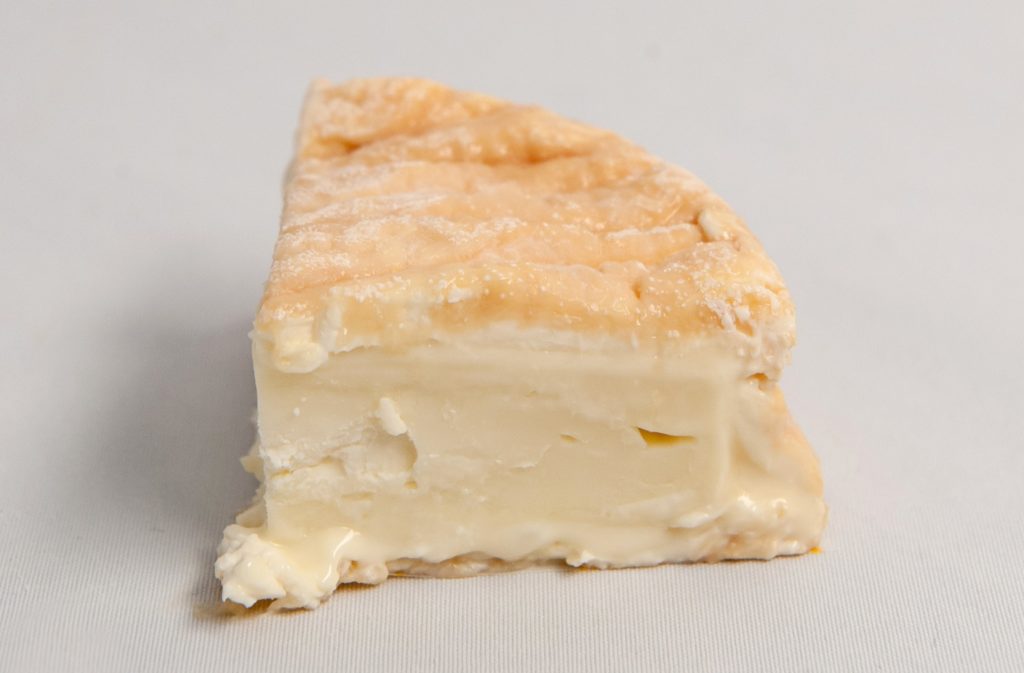Époisses PDO
The Basics
| Make | Soft |
| Sub Make | Predominantly Lactic set cheese or further ripening |
| Post-Make | Washed rind |
| Sub Post-Make | Flavoured wash solution |
| Typical age profile | six weeks |
| Approximate weight(s) | 250-350g or 700g - 1.2kg |
| Geographical origin | Burgundy, France |
| Protected status | PDO –must be made in Côte-d’Or, Yonne or Haute-Marne departments of Burgundy and Champagne Ardenne |
| Species of milking animal | Cow |
| Breed of cow | Brune (French Brown) Montbéliarde or French Simmental cows |
| Raw/pasteurised milk | Examples of both depending on cheesemaker |
| Vegetarian/animal rennet | Typically animal rennet |
| Commonly encountered variations | N/A |


The Story
The pungent orange rind of Époisses comes from being washed in Marc de Bourgogne – a brandy made with the left-over grapes (pomace) from Burgundy wine production. Its roots can be traced back to the 16th century when Cistercian monks in the village of Époisses created a hearty cheese to eat on fast days when meat was forbidden. In 1900 there were 300 producers of Époisses, but by the 1950s the cheese had become extinct after the impact of two world wars.
Thankfully, in 1956 Époisses was revived by two farmer brothers Robert and Simone Berthaut, and restored to greatness. Made initially as a lactic cheese, the curd is allowed to acidify and coagulate slowly for at least 16 hours, before being cut coarsely and moulded. Maturation lasts for at least four weeks, when the rinds are washed up to three times a week in a mixture of water and marc (and sometimes salt).
The Character
Packed in wooden boxes lined with paper, the cheese is surprisingly firm with a mild, lactic flavour and delicate earthy aroma from the golden rind when young. As it matures it becomes much softer and more intense with a strong aroma and pronounced fruity and savoury notes.
Perfect Partners
The wines of Burgundy are a classic match, especially full-bodied chardonnays and meaty pinot noirs.

















